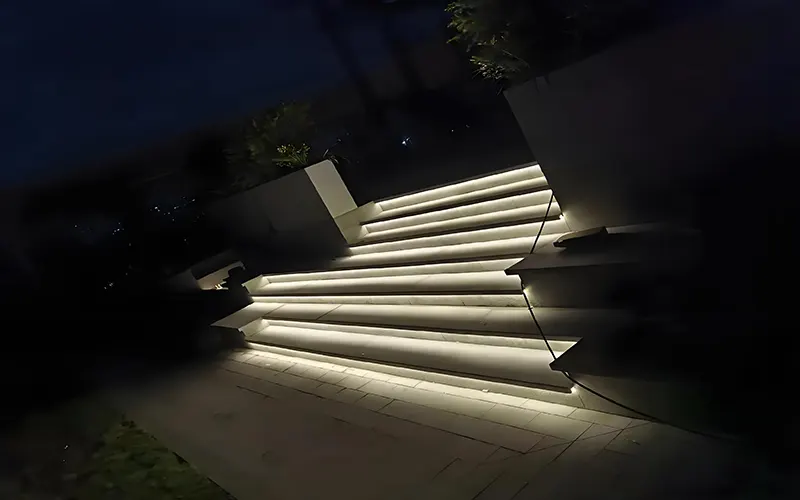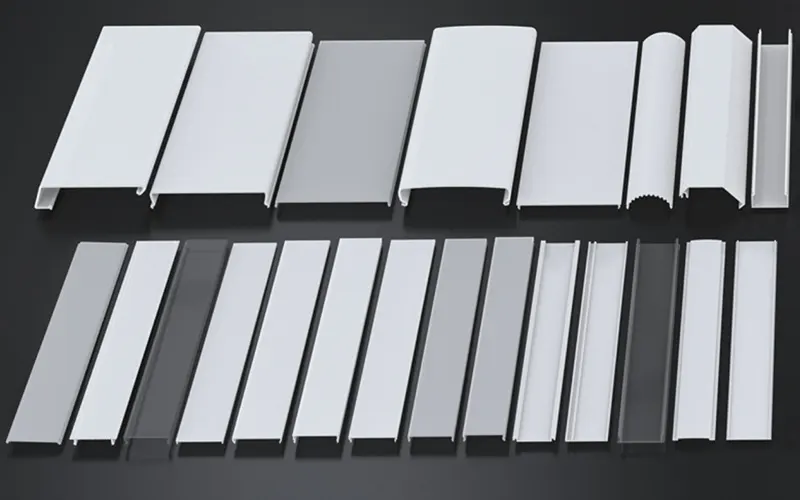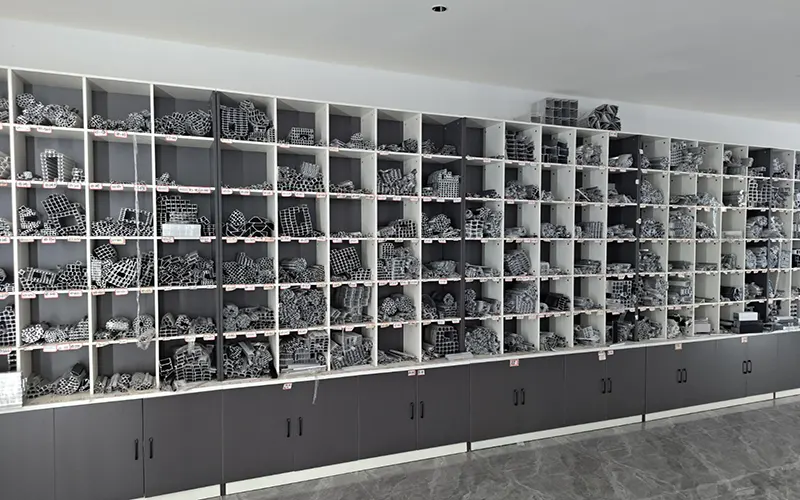
In terms of current lighting market demand, LED profiles are widely used in interior design, but the demand for outdoor use is also gradually increasing. However, not all LED profiles are suitable for use in outdoor environments. In this article, we will explore several key factors that determine whether an LED profile is suitable for outdoor use. If you need more, pls check How do I choose the Perfect LED Profile?
The Importance of LED Profile Material
If you’re planning to use LED aluminum profiles outdoors, choosing the right material is crucial. This is crucial for ensuring your LED light strip is suitable for outdoor use.
Outdoor environments often experience harsh weather conditions, such as heavy rain, snow, and extreme temperature fluctuations. Therefore, outdoor LED light strips should be made from a durable material that can withstand these conditions. LED profile is a common choice due to its advantages:
- Rust resistance: Aluminum resists rusting due to moisture or rain, ensuring a long lifespan.
- Lightweight and durable: Aluminum is extremely durable and suitable for a variety of installation methods and environments.
- Good heat dissipation: Aluminum also helps dissipate heat from the LED strip, preventing damage from overheating.
The Impact of IP Protection Rating on Outdoor Applications
A key factor in determining whether an LED profiles can be used outdoor is its IP rating. The IP rating measures the LED profile ability to protect against external elements such as dust and moisture.
For outdoor applications, we recommend choosing an LED profile with an IP rating of IP65 or higher to ensure it can withstand the following environmental factors:
- Dustproof: Prevent dust particles from entering the profile to ensure the cleanliness and normal operation of the LED light strip.
- Waterproof: Resists rain and moisture, ensuring the LED strip is perfectly safe for use in humid environments.
- Corrosion-resistant: LED profiles with high IP ratings can maintain stable performance when facing corrosive factors in outdoor environments.
Selection of Outdoor LED Strips
Simply choosing the right LED light strip isn’t enough; the strip itself must be designed for outdoor environments. LED light strips for outdoor use typically have a higher IP rating, at least IP65.
- Waterproof: Outdoor LED light strips are typically waterproof, allowing them to operate even in rain or humid environments.
- UV-resistant: LED strips need to have UV-resistant properties to avoid fading or damage when used in the sun for a long time.
- Extreme temperature resistance: Outdoor LED strips must be able to operate properly in both high and low temperatures.
Mounting location considerations
If you’re installing LED strips outdoors, you still need to consider their location. To ensure a longer lifespan and avoid direct exposure to harsh environments, we recommend installing them in protected areas such as the following: More details, pls read A Comprehensive Guide to Using LED Light Extrusions?
- Overhangs: Installing LED profiles under eaves or balconies can reduce direct exposure to wind and rain.
- Sheltered areas: Installing LED profiles under covered terraces or porches can significantly extend the lifespan of the light strips.
Conclusion
LED profiles can be used in outdoor environments, but only if they have a waterproof rating of IP65 or higher. The profile material, IP rating, and the characteristics of the LED strip are all key factors in determining suitability.



